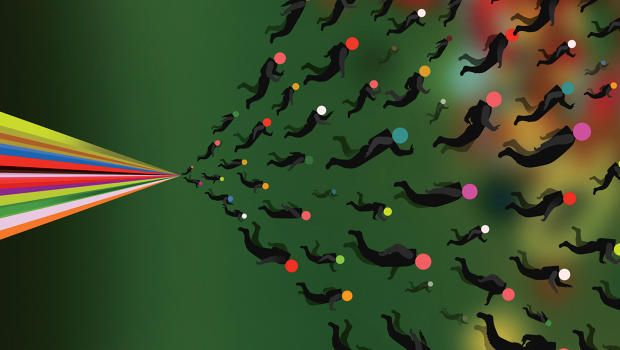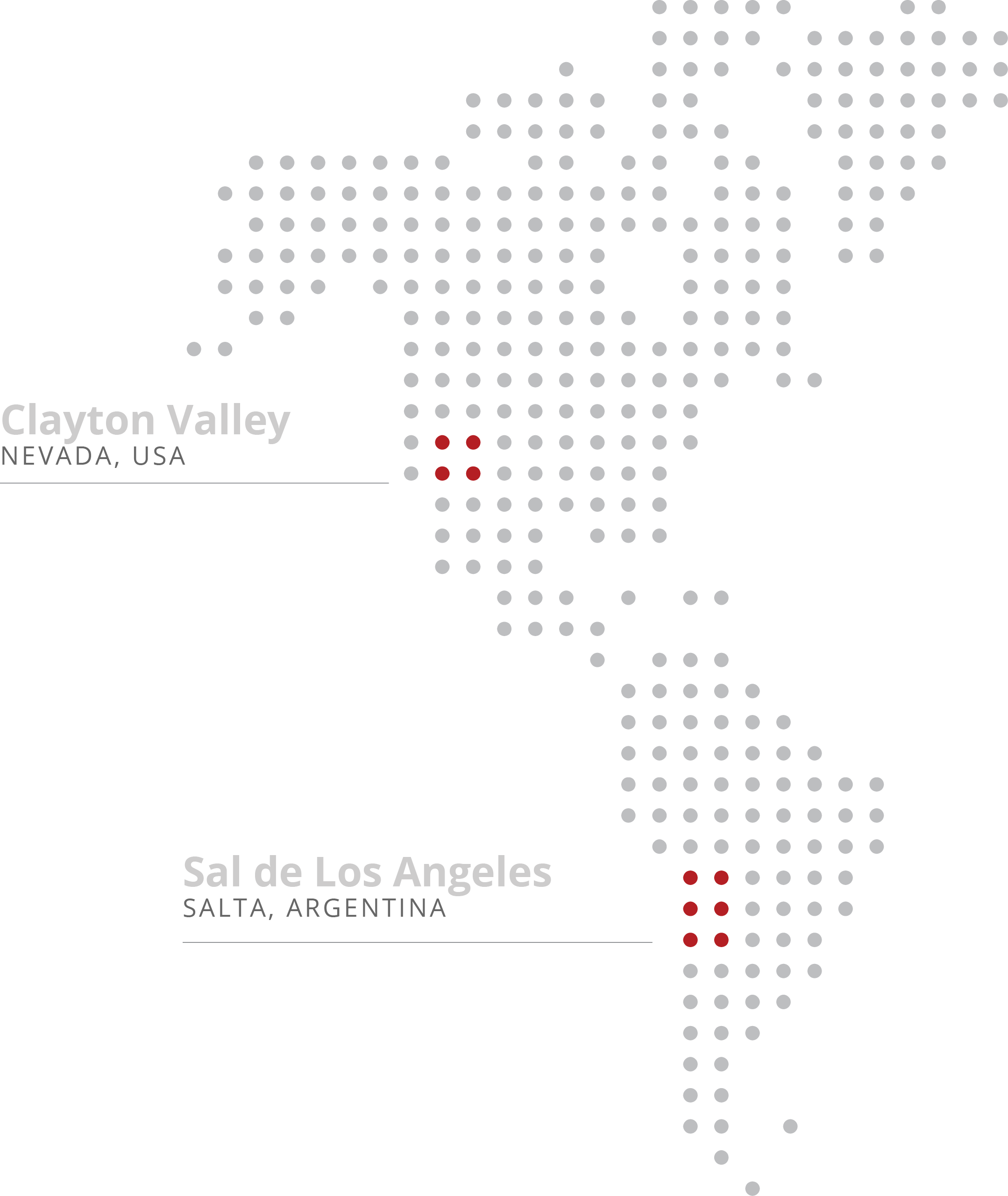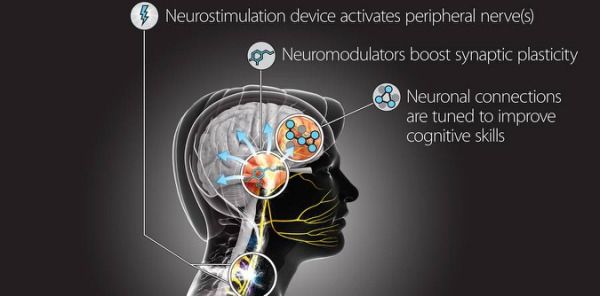Page 11631
Mar 23, 2016
LiTHIUM-X | TSX-V: LIX
Posted by Klaus Baldauf in categories: economics, energy, habitats, sustainability, transportation
The world is shifting to clean and renewable energy to power homes and transportation. Just like electronic devices, all green homes and cars will require Lithium-ion batteries to store energy and power them. LiTHIUM X locates and develops lithium assets with the goal of supplying the increasing demand from global battery giants like Panasonic, AESC, LG, BYD and – soon – utility companies.
LiTHIUM X is a lithium resource explorer and developer with a focus on becoming a low-cost supplier for the burgeoning lithium battery industry. Its Sal de los Angeles project is situated in the prolific “Lithium Triangle” in Salta Province, Argentina. The project is comprised on 8,156 hectares covering the nucleus of Salar de Diablillos with approximately C$19 million having been invested in the property by previous operators, including $16.2 million in work completed at Sal de los Angeles between 2010 to 2015. It contains high grade brine with a historic NI 43–101 resource of 2.8 million tonnes LCE and historic positive project economics.
LiTHIUM X also has the largest land package in Clayton Valley, Nevada covering over 15,040 acres between its Clayton Valley North project and Clayton Valley South extension. Both land packages are contiguous to the only producing lithium operation in North America – Silver Peak, owned and operated by Albemarle, the world’s largest lithium producers.
Mar 23, 2016
My Beautiful Broken Brain — Official Trailer — Netflix [HD]
Posted by Sean Brazell in categories: education, neuroscience
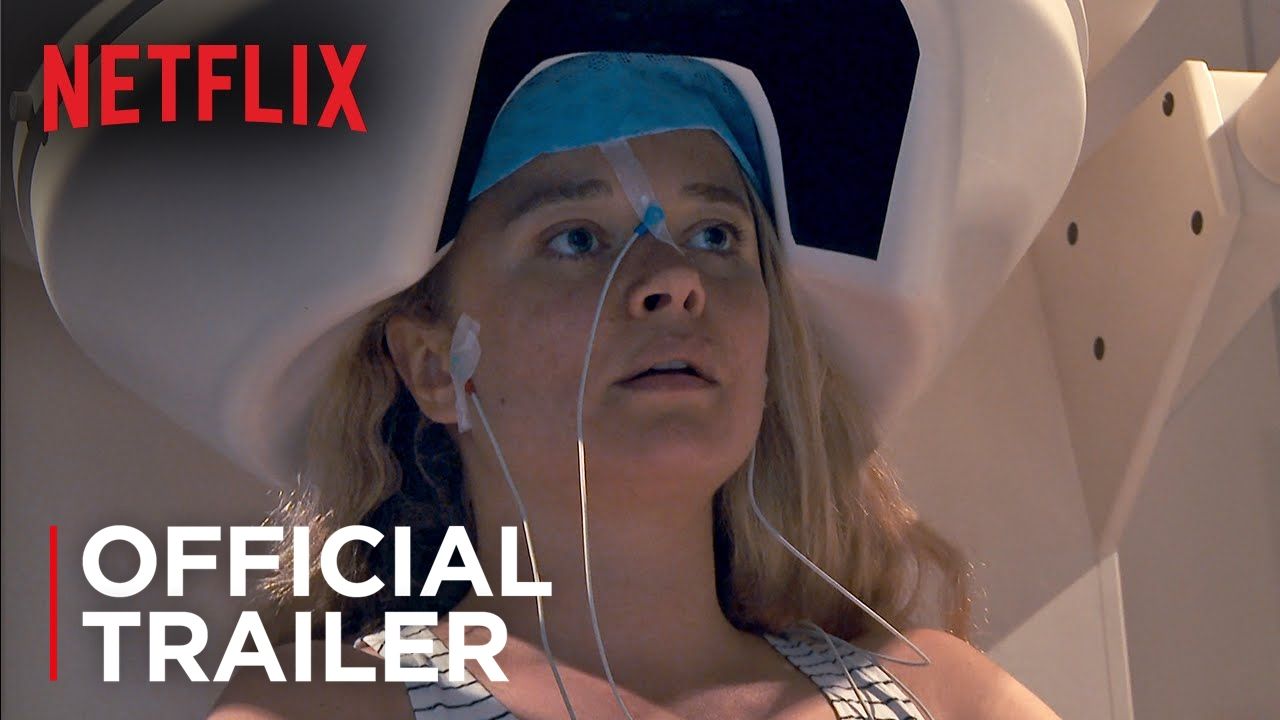
Stunning and beautifully heartfelt documentary of a young woman, stripped of her most cherished abilities, fighting hard to reclaim her life in the face of the indifferent cruelty that defines the natural world.
“A stroke stripped her of the skills she needs to function. This documentary captures the strange new world she inhabits, teeming with color and sound. Only on Netflix March 18th.”
Mar 23, 2016
DARPA Wants to Hack Your Nervous System to Turn You Into a Super-Spy
Posted by Sean Brazell in categories: cyborgs, encryption, neuroscience
Imagine mastering instruments, learning to tango and becoming fluent in French — in months, weeks, even days. No, it’s not science fiction: A new program by the government’s Defense Advanced Research Projects Agency aims to tweak your nervous system to make you learn better and faster.
The goal of the new DARPA program, called Targeted Neuroplasticity Training, is to stimulate your peripheral nervous system, the network of nerves on the outside of your brain and spinal cord, to facilitate the development of cognitive skills. If it works, TNT could become a faster and cheaper way to train people on foreign languages, intelligence analysis, cryptography and more.
The night before the Space Shuttle Challenger was due to lift off, on January 27, 1986, Bob Ebeling tried to talk his boss out of approving the launch. Ebeling was an engineer for a NASA contractor, one of five who worried that the rocket boosters’ “o-rings” might turn brittle in the overnight cold, and that leaking fuel could lead to an explosion. Ebeling’s supervisor refused to stop the launch, and the shuttle exploded the next day, killing 7 astronauts, including a school teacher. A Presidential Commission would later vindicate Ebeling and his colleagues.
Over at NPR, Howard Berkes has written a moving remembrance of Ebeling, who was wracked by guilt for decades. The morning of the launch, Ebeling drove to work to watch the event from a company conference room. He was accompanied by his daughter:
“He said, ‘The Challenger’s going to blow up. Everyone’s going to die,’” [she recalled.] “And he was beating his fist on the dashboard. He was frantic.”
Mar 23, 2016
Neurons on a chip let drones smell bombs over a kilometer away
Posted by Shailesh Prasad in categories: computing, drones, neuroscience
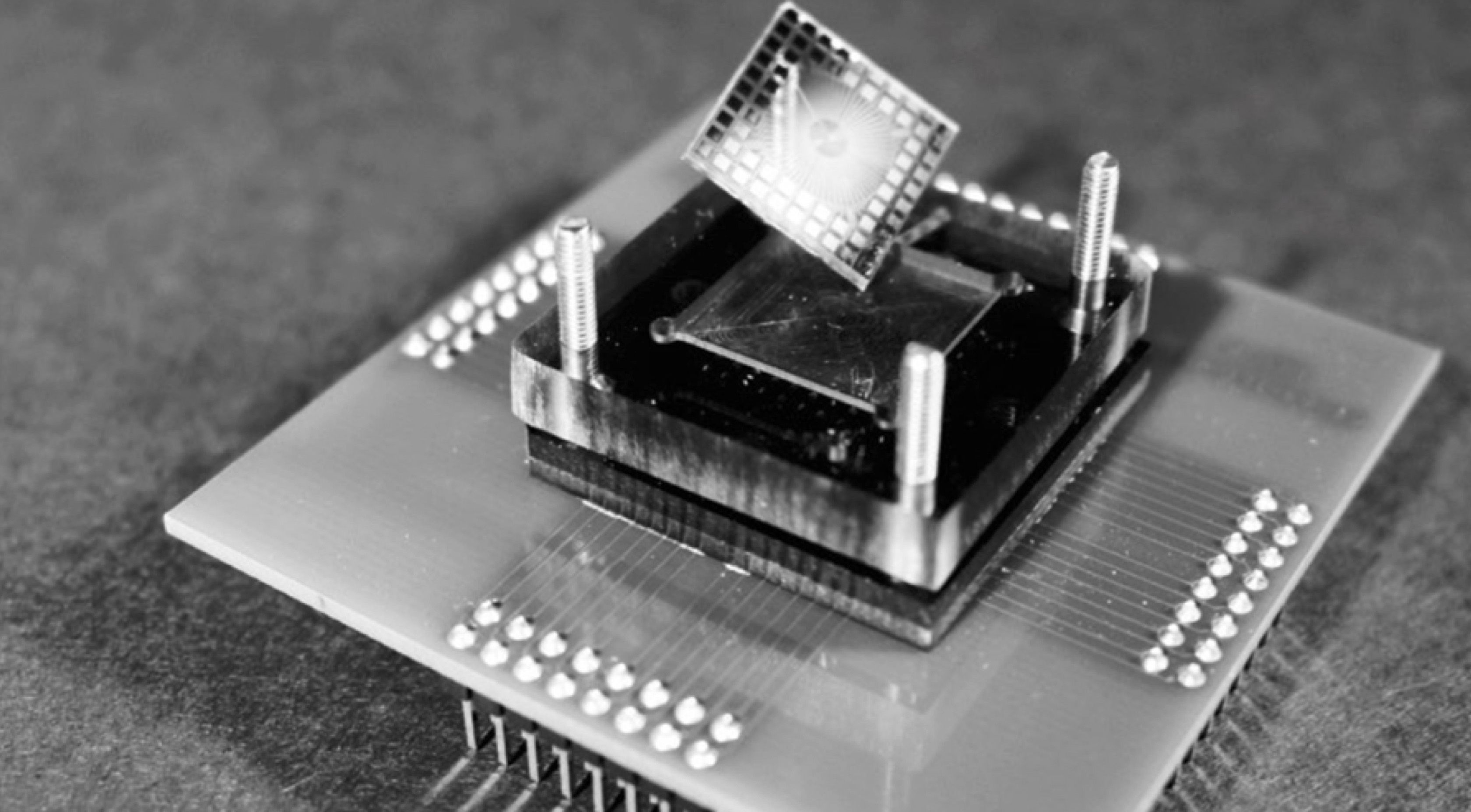
Neurons still remain the most powerful piece of computation machinery on the face of the planet. More to the point, nobody throws up their hands in despair when a screwdriver removes a flathead screw better than their fingernail can, and yet the parallel is an apt one. The circuitry of the human brain has not been honed by evolution to be especially good at playing the game of Go, any more than evolution has fine-tuned our fingernails for removing screws.
Which is not to say there is no room for surprise in today’s world of rapidly advancing technological achievement. What is more impressive, however, is when computers exhibit greater skill than humans at tasks evolution has been perfecting for millions of years like exercising a sense of smell. And yet such advancements are taking place right beneath our noses, metaphorically speaking.
Continue reading “Neurons on a chip let drones smell bombs over a kilometer away” »
Starting this year, any graduating high school senior who is accepted to one of Detroit’s five community colleges won’t have to pay a dime for tuition.
The Detroit Promise Zone program, officially launched on Tuesday, will make it possible. At first the funds will come from a private scholarship foundation. But starting in 2018, some of the money will come from property taxes already earmarked for the program.
“It doesn’t matter whether you’re a high school senior preparing for college now or a second-grader whose college career is years away. The Detroit Promise will be there to help make a college education a reality,” said Mayor Mike Duggan.
Mar 23, 2016
Breaking the prime-number cipher, one proof at a time
Posted by Andreas Matt in category: mathematics
Like a mirror image of Bedford’s Law, mathematicians have found a pattern in prime numbers that raises more questions than it answers.
Mar 23, 2016
Temple Grandin On Her Search Engine — Blank on Blank | PBS Digital Studios, KurzweilAI
Posted by Odette Bohr Dienel in categories: innovation, science

“What it’s really like to have an autistic brain and how Einstein’s not the only genius who could have been dismissed for being different.”
Tags: autism, technology
